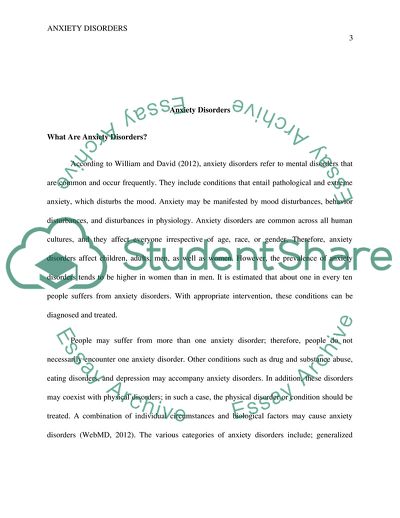Cite this document
(The Problem of Anxiety Disorders Coursework Example | Topics and Well Written Essays - 1500 words, n.d.)
The Problem of Anxiety Disorders Coursework Example | Topics and Well Written Essays - 1500 words. https://studentshare.org/psychology/1770745-anxiety-disorders
The Problem of Anxiety Disorders Coursework Example | Topics and Well Written Essays - 1500 words. https://studentshare.org/psychology/1770745-anxiety-disorders
(The Problem of Anxiety Disorders Coursework Example | Topics and Well Written Essays - 1500 Words)
The Problem of Anxiety Disorders Coursework Example | Topics and Well Written Essays - 1500 Words. https://studentshare.org/psychology/1770745-anxiety-disorders.
The Problem of Anxiety Disorders Coursework Example | Topics and Well Written Essays - 1500 Words. https://studentshare.org/psychology/1770745-anxiety-disorders.
“The Problem of Anxiety Disorders Coursework Example | Topics and Well Written Essays - 1500 Words”. https://studentshare.org/psychology/1770745-anxiety-disorders.


